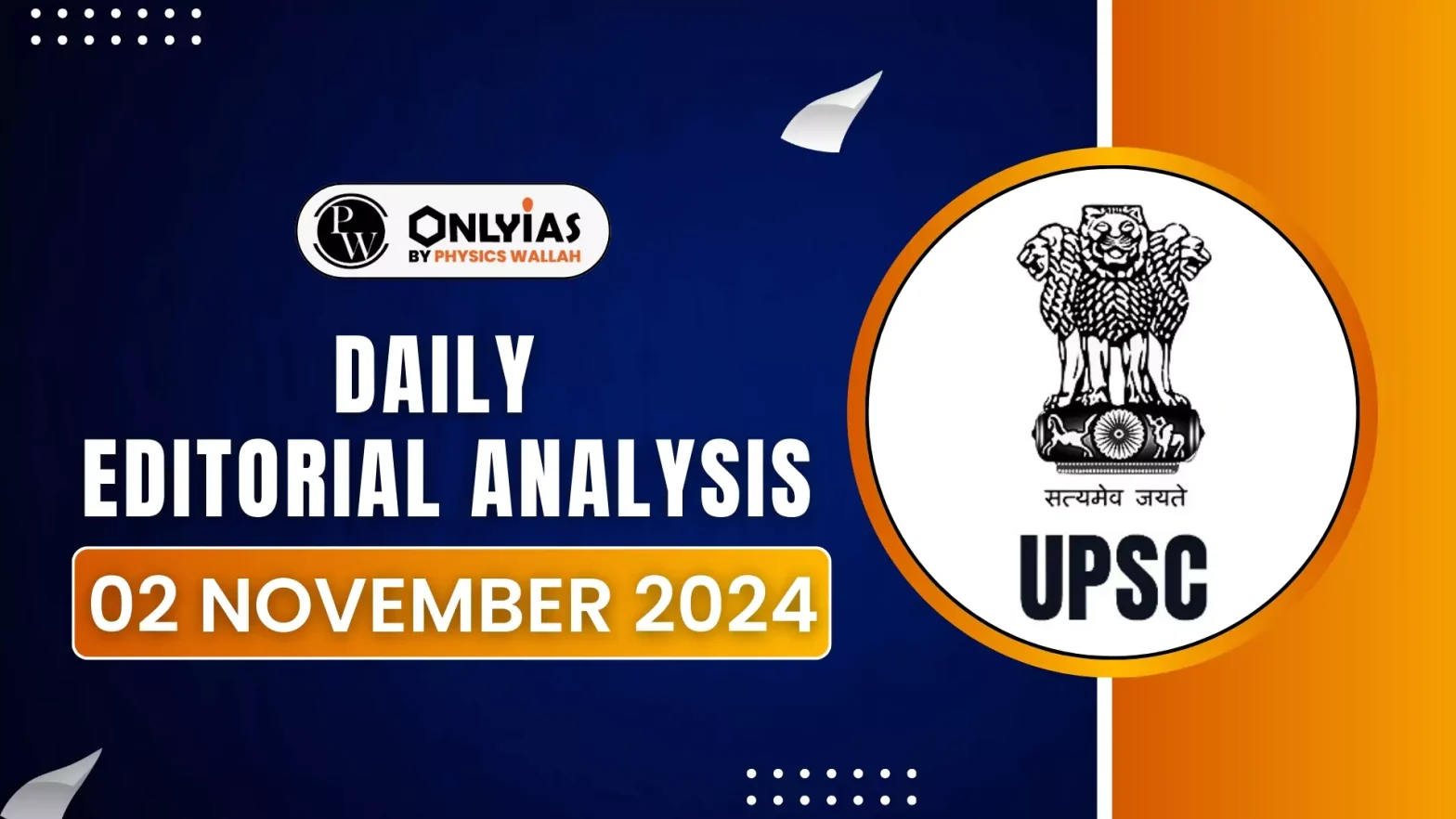On 21 October 2024, Sonam Wangchuk, a Ladakh-based activist, ended his indefinite fast after receiving a letter from the Union Ministry of Home Affairs regarding future discussions on the administration of the Union Territory.
What is Regionalism?
- Example: Marathi pride as seen in Maharashtra, passion observed for Tamil identity and language in Tamil Nadu, tribal identity in Northeast.
| Regionalism = Regional identity + Regional aspirations |
- Regionalism is a complex idea with both positive and negative meanings.
- On the positive side, it reflects people’s pride and aim for preserving their culture, language, and region, helping them maintain a unique identity.
- However, on the negative side, it can indicate an overly strong attachment to one’s region, which might threaten national unity and integrity.
Enroll now for UPSC Online Course
Historical Background
- British Era: The origins of regionalism in India can be traced back to the colonial era. The British took advantage of the differences to implement their “divide and rule” strategy.
- They created administrative provinces to administer their “divide and rule” policy. For instance, partition of Bengal.
- Potti Sriramalu: The first expression of regionalism in post-independent India was the demand for the formation of linguistic states, ignited by the hunger strike of Potti Sriramalu, who fasted to death in 1952.
| In October 1952, the Andhra leader Potti Sriramalu began a fast to the death. He demanded for the creation of a separate Andhra province for Telugu-speakers. In December Sriramalu died, which led to a violent outburst. Later the government agreed to establish an Andhra state. |
- Regional Party: Additionally, the victory of the DMK (Dravida Munnetra Kazhagam) over the INC (Indian National Congress) in Tamil Nadu during the 1960s marked a significant turning point for regional political ambitions.
- Regional parties often manipulate regional issues, unlike national parties, which tend to employ similar strategies with national issues.
India Vs China on Regionalism
- The unity of large countries like India and China is frequently tested by secessionist movements and regional desires.
- For example, China maintains its national unity through the principle of “One Country, Two Systems,” which was proposed by Deng Xiaoping to integrate Hong Kong and Macau with mainland China.
- Unlike China, India has been relatively more successful than China in managing these secessionist aspirations after gaining independence as India has tried to solve the issue through democratic process.
Constitution Provision
- Article 3 of the Indian Constitution gives Parliament the authority to create new states and modify existing ones with a simple majority, without needing the agreement of the affected state.
- This decision is at the discretion of Parliament.
Check Out UPSC CSE Books From PW Store
Types of Regionalism
- Secessionism: Secessionism is the desire to break away from the union, often backed by militant or fundamentalist groups. This kind of regionalism is never accepted by the government.
- Example: Khalistan Movement
- Separatism: Separatism focuses on advocating for the interests of a specific group within a larger entity, such as a state, based on factors like language, religion, or ethnicity.
- Example: Bodoland movement in Assam
- Greater Autonomy: This is when movements or parties are pushing for greater autonomy and full statehood status.
- Example: Sonam Wangchuk led a movement in Ladakh or Delhi government asking for more autonomy.
Reasons for Regionalism (or Above Mentioned Demands)
- Economic Factor: Uneven developments in different parts of the country may be construed as the prime reason for regionalism and separatism.
- Example: The demand for Telangana arose because people felt that the region had not developed as well as other parts of Andhra Pradesh.
- Cultural Factor: It often involves the demand for the protection of distinct cultural identities, languages, and traditions. These aspirations arise from a desire to preserve and promote unique cultural heritage.
- Example: In Tamil Nadu, the strong emphasis on linguistic and cultural identity, particularly the pride in the Tamil language and heritage, has fueled regionalism.
- Example: Ethnic identity is paramount in Northeast India.
- Political Factor: It often stems from a perceived lack of political representation for certain groups within a larger entity.
- Administrative Factor: It often arises from perceptions of improper governance, leading communities to seek greater autonomy or the formation of new political entities to ensure more effective local administration.
Steps Taken in India to Manage Diverse Identity
- India has tried to strengthen its federal structure via political representation in the Cabinet and representation of states through Rajya Sabha.
- The government tries to identify and work with different identities and ideologies at different levels particularly via schemes.
- Alliance between national and regional parties are often seen.
- Example: Bharatiya Janata Party (BJP) and Akali Dal coalition in Punjab even though they both focused on two different identities.
- Example: Alliance between BJP and Peoples Democratic Party (PDP) in Jammu and Kashmir.
- Government tries to better distribute resources by focusing on areas with low development.
- Panchayat Raj is another initiative by the government that decentralizes power and grants authority to local administrations, empowering people to make their own decisions.
Enroll now for UPSC Online Classes
Conclusion
India needs to continue with its approach to managing regionalism that reflects its commitment to embracing diverse identities while striving for national unity and stability.
![]() 2 Nov 2024
2 Nov 2024

